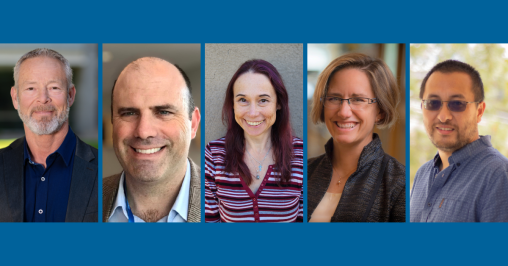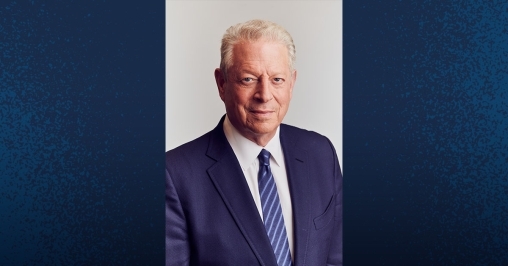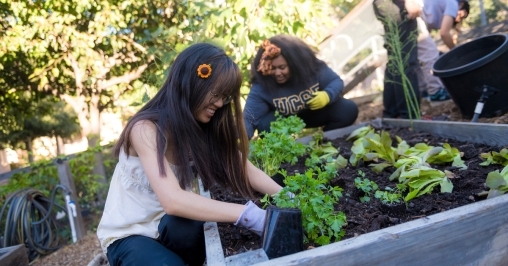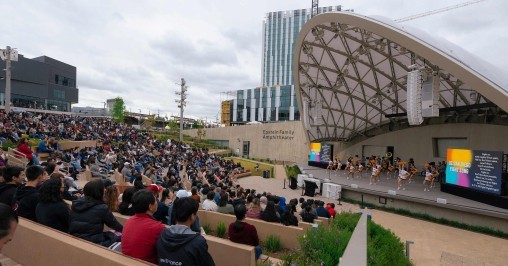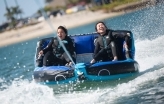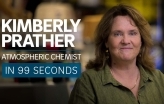Closing the U.S./Mexico Border During COVID-19 Increased HIV Transmission
Health & BehaviorRates of HIV transmission increased when the U.S./Mexico border was closed for COVID-19, according to a new study from University of California San Diego and Irvine.

